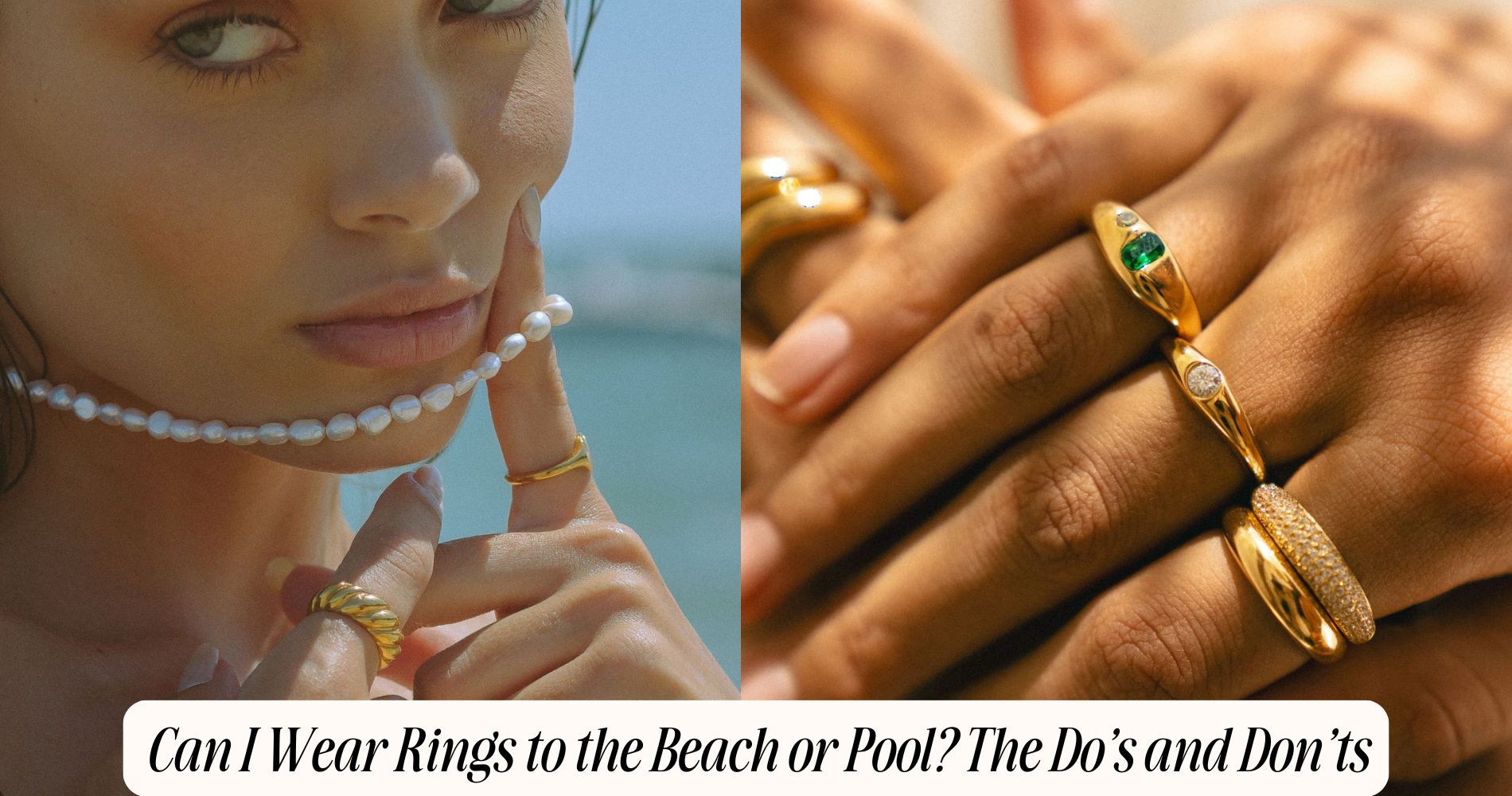
Can I Wear Rings to the Beach or Pool? The Do’s and Don’ts
Wondering, can I wear rings to the beach or pool? It’s a common question—and the short answer is: it’s not a great idea. Water cools your fingers, making rings easier to slip off and lose. Saltwater and chlorine can corrode metals and weaken gemstone settings. Sand scratches surfaces, and sunscreen dulls both metal and stones, leading to long-term damage. For better protection and lasting shine, it’s best to remove your rings before swimming or applying sunscreen. Safe alternatives like waterproof rings are perfect for beach days or poolside lounging. Keep reading for more practical tips and the science behind each risk.
Risks of Wearing Rings in Water
Although rings may seem secure on your finger, exposure to water at the beach or pool considerably increases the risk of accidental loss. Water cools your skin, causing your fingers to temporarily shrink. Even a well-fitted ring size can become loose under these conditions.
Quick movements in the water, such as swimming or playing, further elevate the chance that your ring will slip off unnoticed. Additionally, sand or sunscreen can make your skin even more slippery, reducing friction between your finger and the ring.
The type of jewelry material also affects security—metals like gold or platinum are heavy, increasing the likelihood of sinking if dropped. You should always assess both your ring size and jewelry material before wearing rings in aquatic environments.
Effects of Saltwater and Chlorine on Jewelry
When you expose your rings to saltwater or chlorinated pool water, you subject them to aggressive chemical environments that can accelerate deterioration. Saltwater contains sodium chloride, which promotes metal corrosion, especially in softer metals like gold and silver. Over time, this corrosion weakens prongs, settings, and bands, making your rings more susceptible to physical damage and even loss.
Chlorine, found in pool water, is particularly harsh; it reacts chemically with metals such as gold, platinum, and alloys, leading to discoloration, pitting, and loss of structural integrity. Gemstone damage is another risk, as salt and chlorine can erode protective coatings, cloud facets, and loosen settings.
You’ll find that continuous exposure notably shortens your jewelry’s lifespan and diminishes its aesthetic value.
How Sunscreen and Sand Affect Rings
Even brief exposure to sunscreen and sand can compromise the integrity and appearance of your rings. Sunscreen contains oils and chemicals that form a residue on precious metals and gemstones, dulling their luster and attracting abrasive particles.
When sand gets trapped under the setting, it acts as a micro-abrasive, scratching metal surfaces and loosening prongs. These scratches can accelerate wear and potentially lead to ring resizing if the band becomes misshapen.
Embedded sand also complicates jewelry cleaning, making it difficult to restore the ring’s original shine without professional intervention. Additionally, persistent buildup under stones can weaken settings, increasing the risk of gemstone loss.
To maintain your ring’s structural integrity and aesthetic appeal, understand how these elements interact with your jewelry before spending time at the beach or pool.
Tips to Protect Your Rings at the Beach or Pool
Before stepping onto the sand or diving into the pool, implement preventative measures to safeguard your rings from chemical exposure, abrasion, and accidental loss. Make certain your ring sizing is accurate; a well-fitted ring minimizes the risk of slipping off in water.
Opt for snug, secure settings to protect gemstones from dislodging. Saltwater and chlorine can accelerate tarnish and wear, so apply a protective jewelry coating designed for precious metals.
Regular jewelry cleaning is vital—removing sunscreen, sand, and pool chemicals prevents buildup that dulls brilliance and weakens prongs. Consider using a soft, lint-free cloth after exposure to moisture to wipe away residues.
For added security, invest in a silicone ring protector or travel pouch to keep your jewelry organized and shielded from harsh conditions.
When You Should Remove Your Rings
Proper care and preventative strategies go a long way, but knowing the right moments to remove your rings is just as important for their longevity.
You should always take off your rings before entering the beach or pool, as water can cause your fingers to shrink, leading to improper ring sizing and an increased risk of loss. Chlorine and saltwater are corrosive, potentially compromising the metal’s integrity and dulling gemstones.
Sand and debris may scratch or wedge into crevices, making jewelry cleaning more difficult and causing long-term damage. Remove your rings before applying sunscreen or lotions, as these substances create build-up that’s hard to clean.
If your ring feels loose or tight due to temperature changes, take it off to prevent accidental slipping or deformation.
Safe Alternatives to Wearing Rings in the Water
While traditional rings pose significant risks at the beach or pool, several safe alternatives allow you to enjoy jewelry without compromising security or durability. Silicone rings, engineered for flexibility and water resistance, won’t corrode or slip off easily during aquatic activities. These hypoallergenic options are lightweight, minimizing discomfort and risk of loss.
For a stylish touch, consider waterproof fashion accessories made from resin, stainless steel, or nylon, which maintain their integrity in saltwater and chlorine. These materials also simplify jewelry cleaning, as they don’t tarnish or accumulate grime as quickly as precious metals.
Frequently Asked Questions
Can I Wear Silicone Rings Instead of Metal Rings to the Beach?
You can confidently wear silicone rings to the beach because their flexibility and silicone comfort prevent injuries or irritation. Silicone’s non-reactive properties resist corrosion, making them ideal for beach fashion while ensuring durability against saltwater and sand abrasion.
Are There Stylish Ways to Keep Rings Safe While Swimming?
You can secure your rings with beach jewelry pouches or waterproof lanyards, integrating these poolside accessories into your swim attire. Opt for silicone or stainless-steel cases, which offer corrosion resistance and prevent accidental ring loss during aquatic activities.
Do Waterproof Ring Holders Actually Protect My Jewelry?
Waterproof ring holders enhance ring security by creating a sealed barrier against moisture, sand, and chemicals. You'll protect your jewelry durability since these holders prevent tarnish, corrosion, and accidental loss, ensuring your valuable pieces remain pristine during aquatic activities.
How Do I Clean My Ring After a Beach or Pool Day?
After exposure, you should promptly perform jewelry cleaning by rinsing your ring with lukewarm water, using a soft brush and mild soap. This removes salt, chlorine, and debris, preventing water damage, corrosion, or gemstone dullness. Dry thoroughly afterward.
Can Wearing Rings in Water Affect My Skin or Cause Allergies?
When you wear rings in water, prolonged exposure can trigger metal allergies or skin irritation, especially if your jewelry contains nickel or lower-quality alloys. Water accelerates metal ion release, increasing your risk of allergic reactions and dermatitis.
Conclusion
Ultimately, wearing rings to the beach or pool exposes them to corrosive elements like saltwater and chlorine, which can degrade metals and loosen gemstones. Sunscreen and sand further accelerate wear, embedding abrasive particles and residues into intricate settings. For ideal preservation, remove your rings before swimming or sunbathing and store them securely. If you crave adornment, consider silicone or stainless steel alternatives that resist chemical and physical damage. Prioritize protection to maintain your rings’ integrity and brilliance.







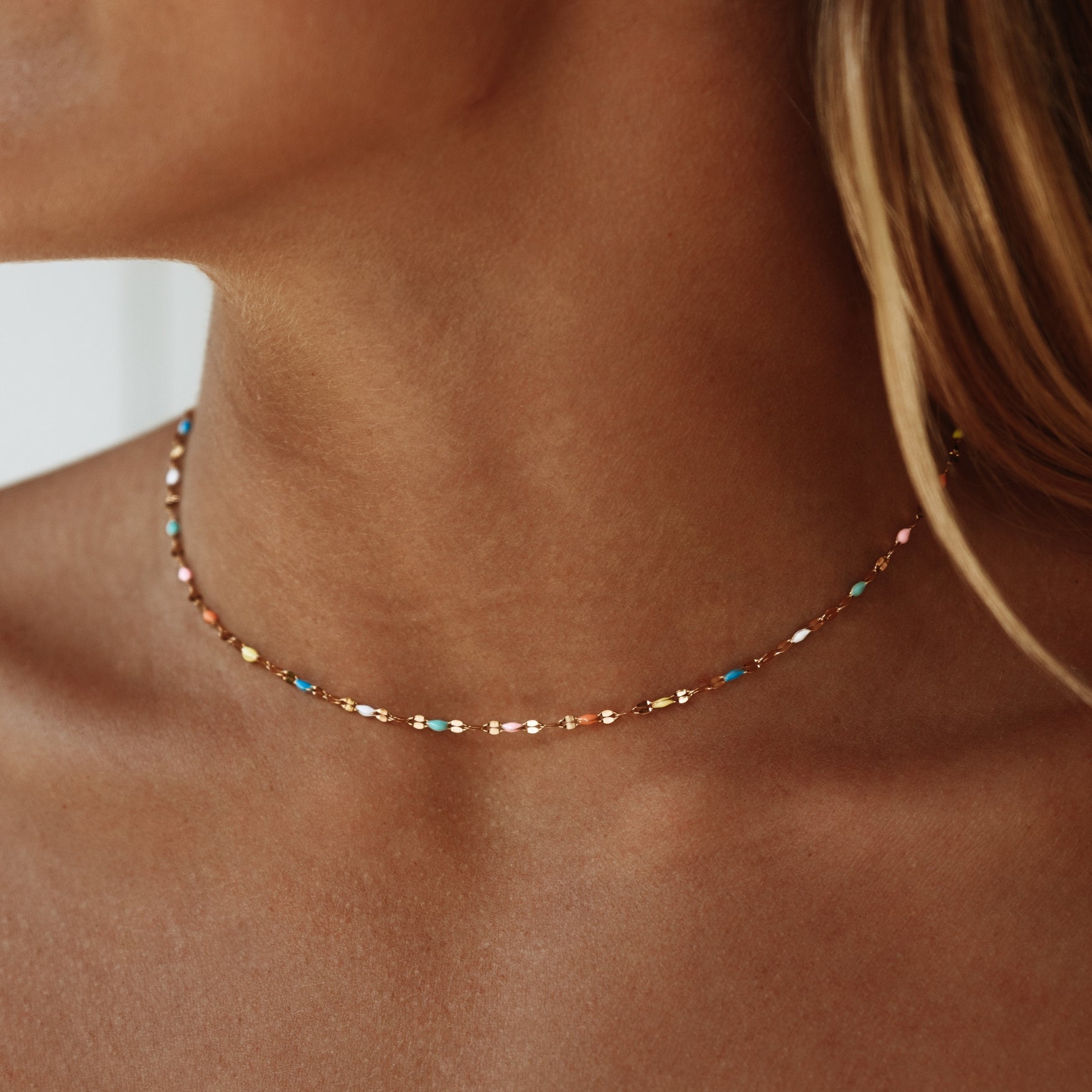
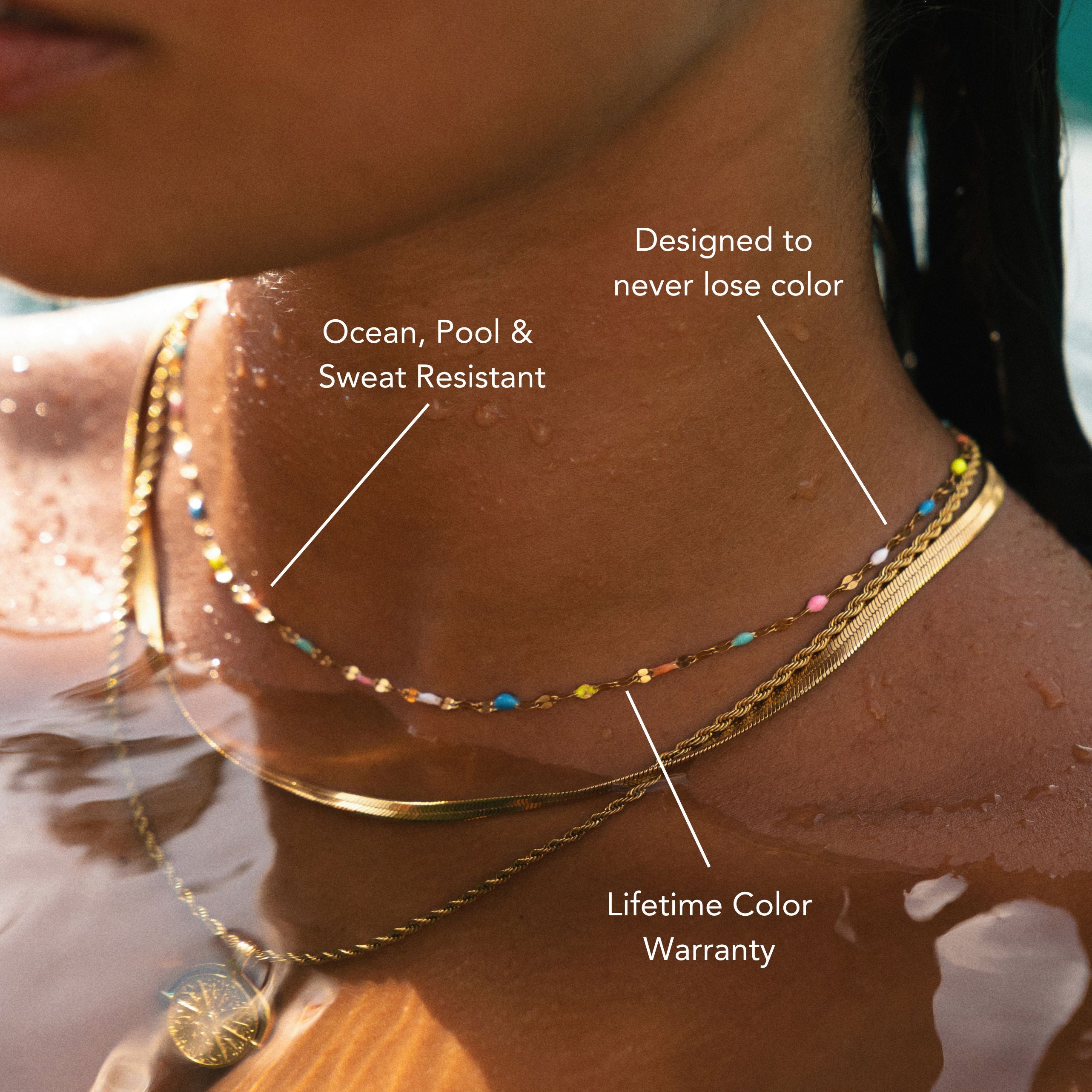
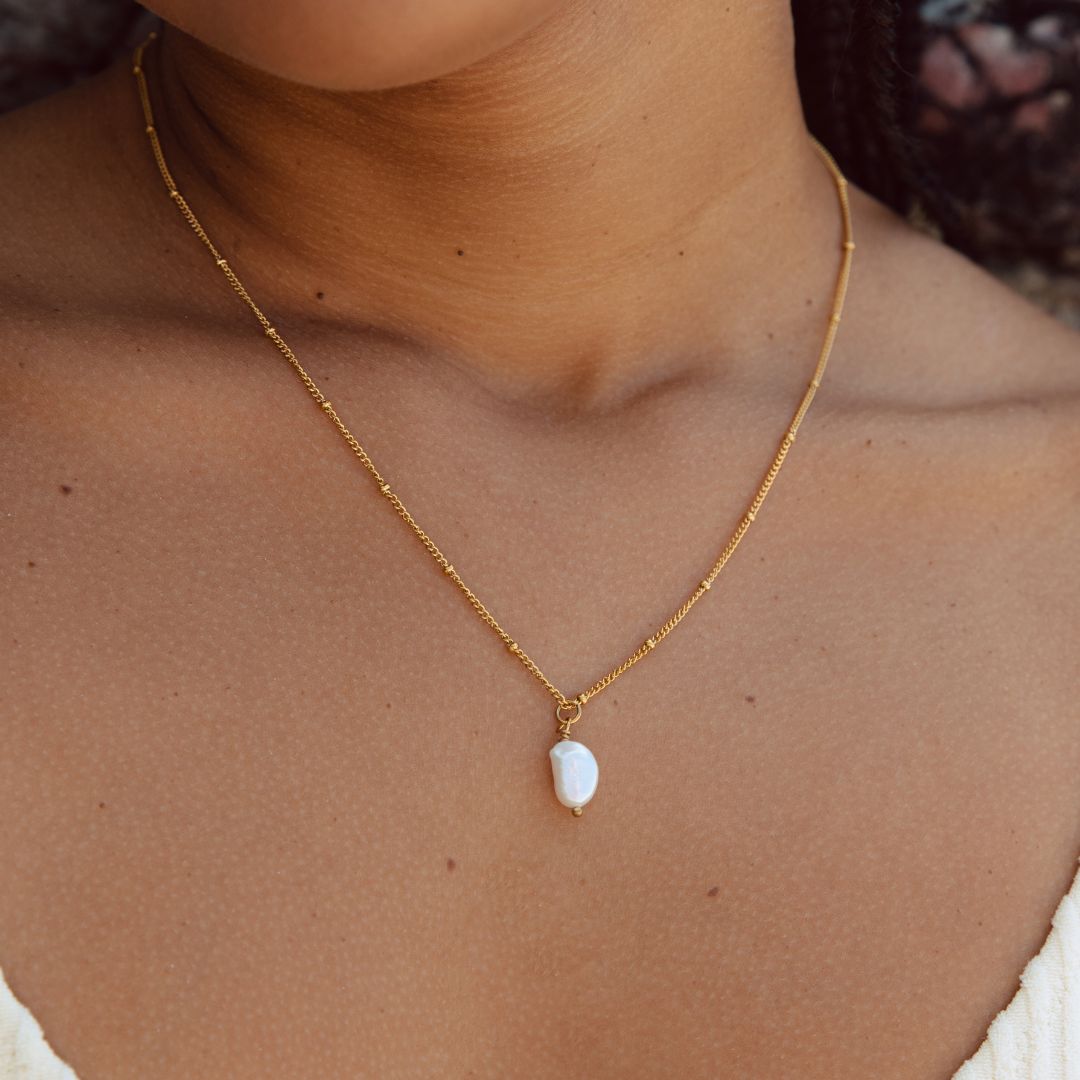

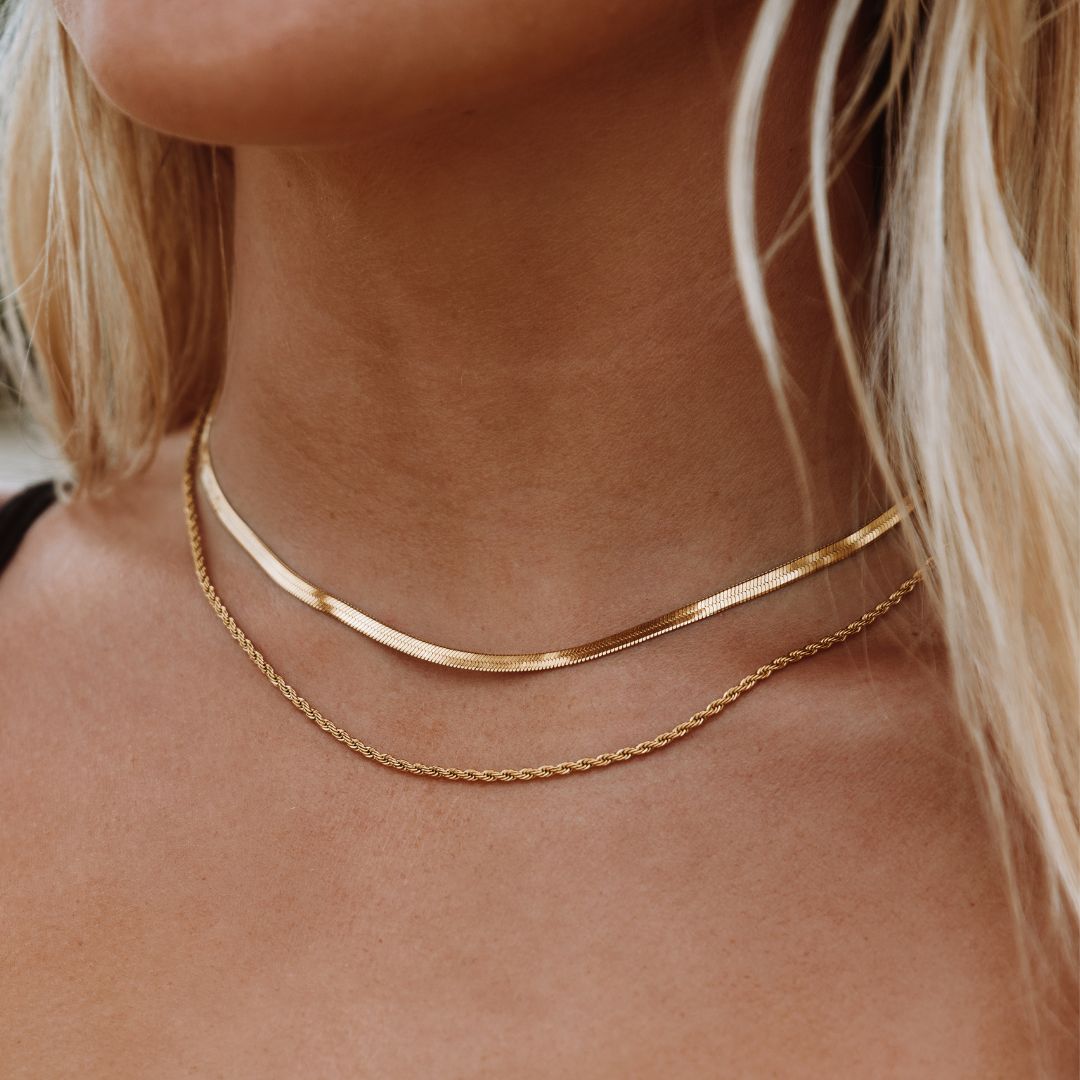
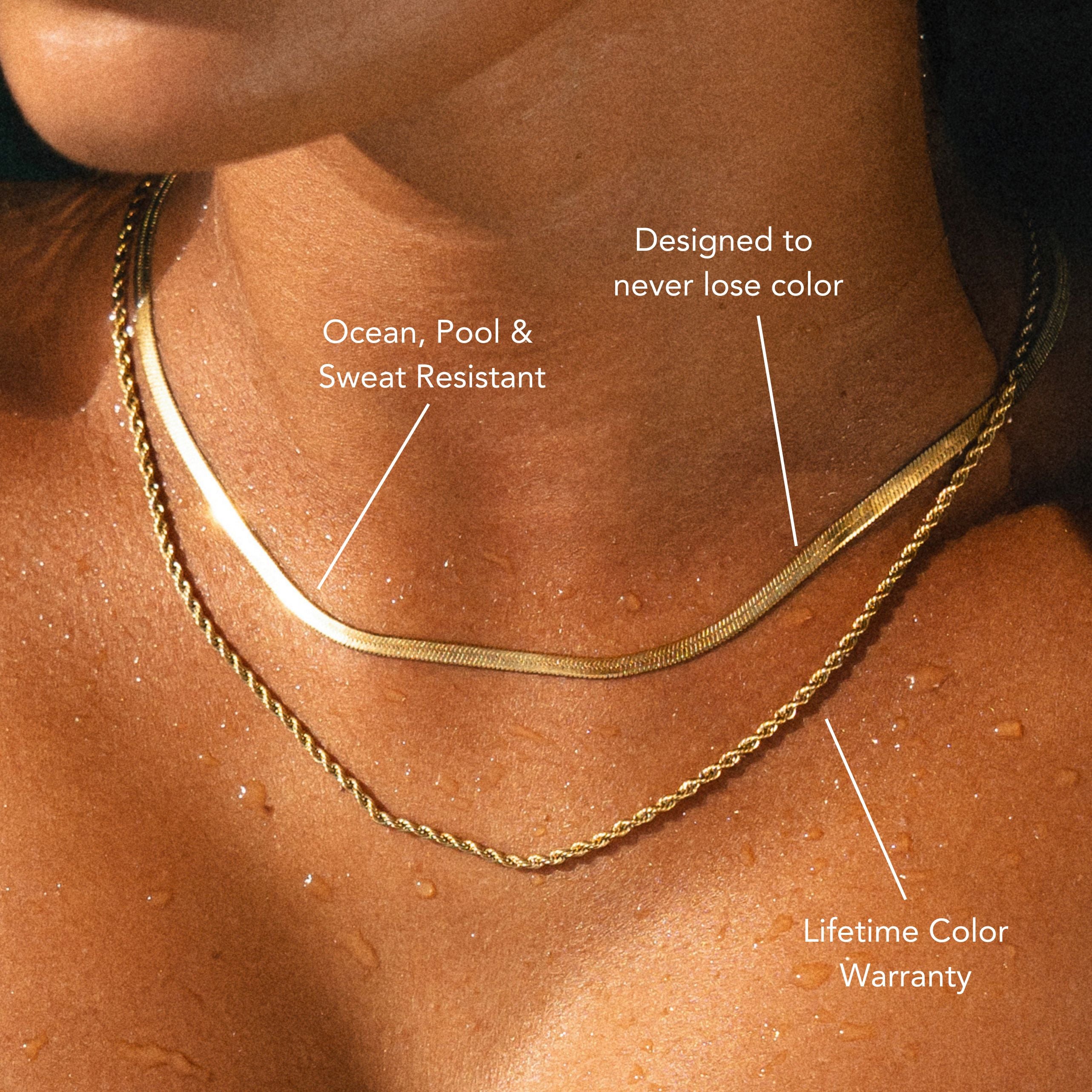
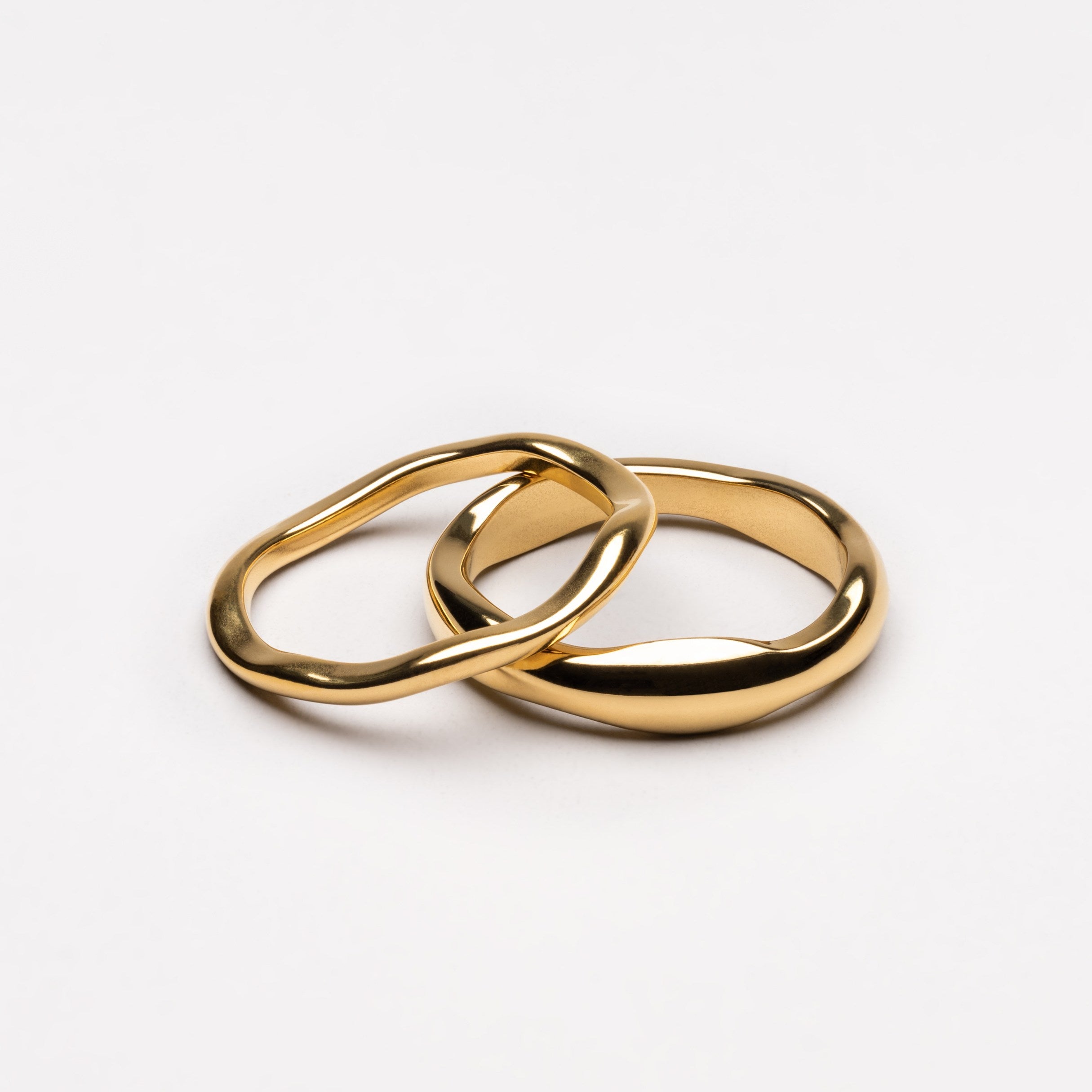

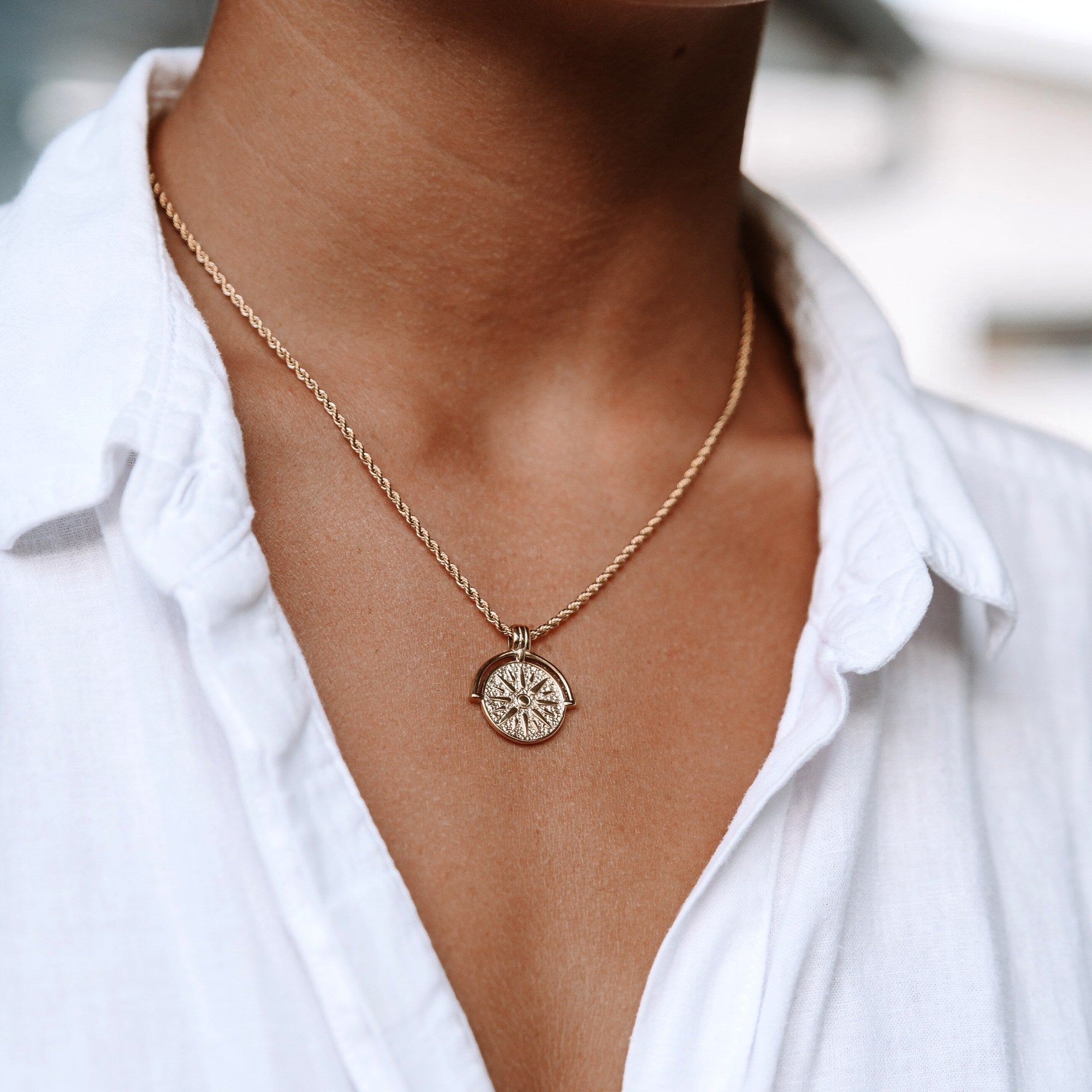
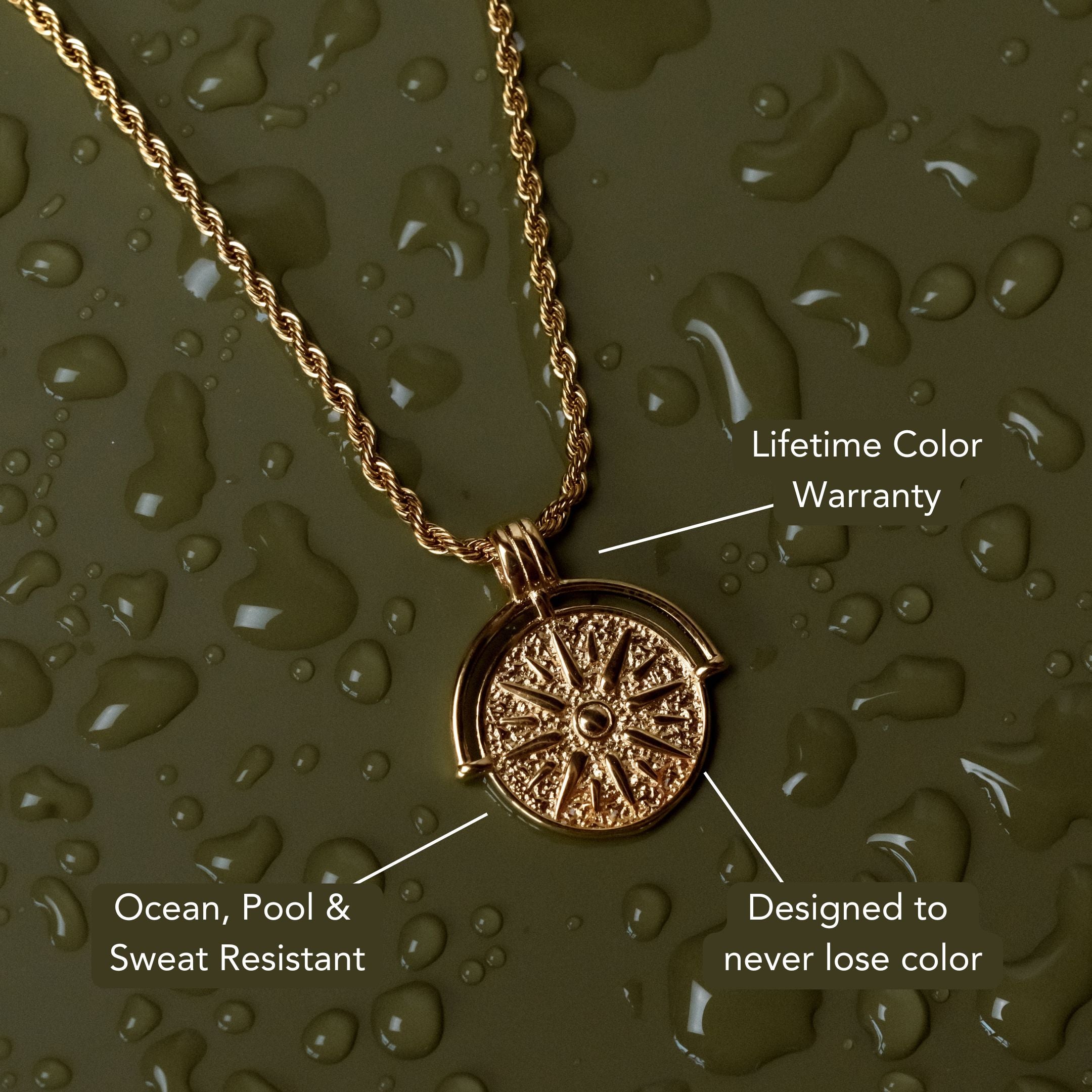
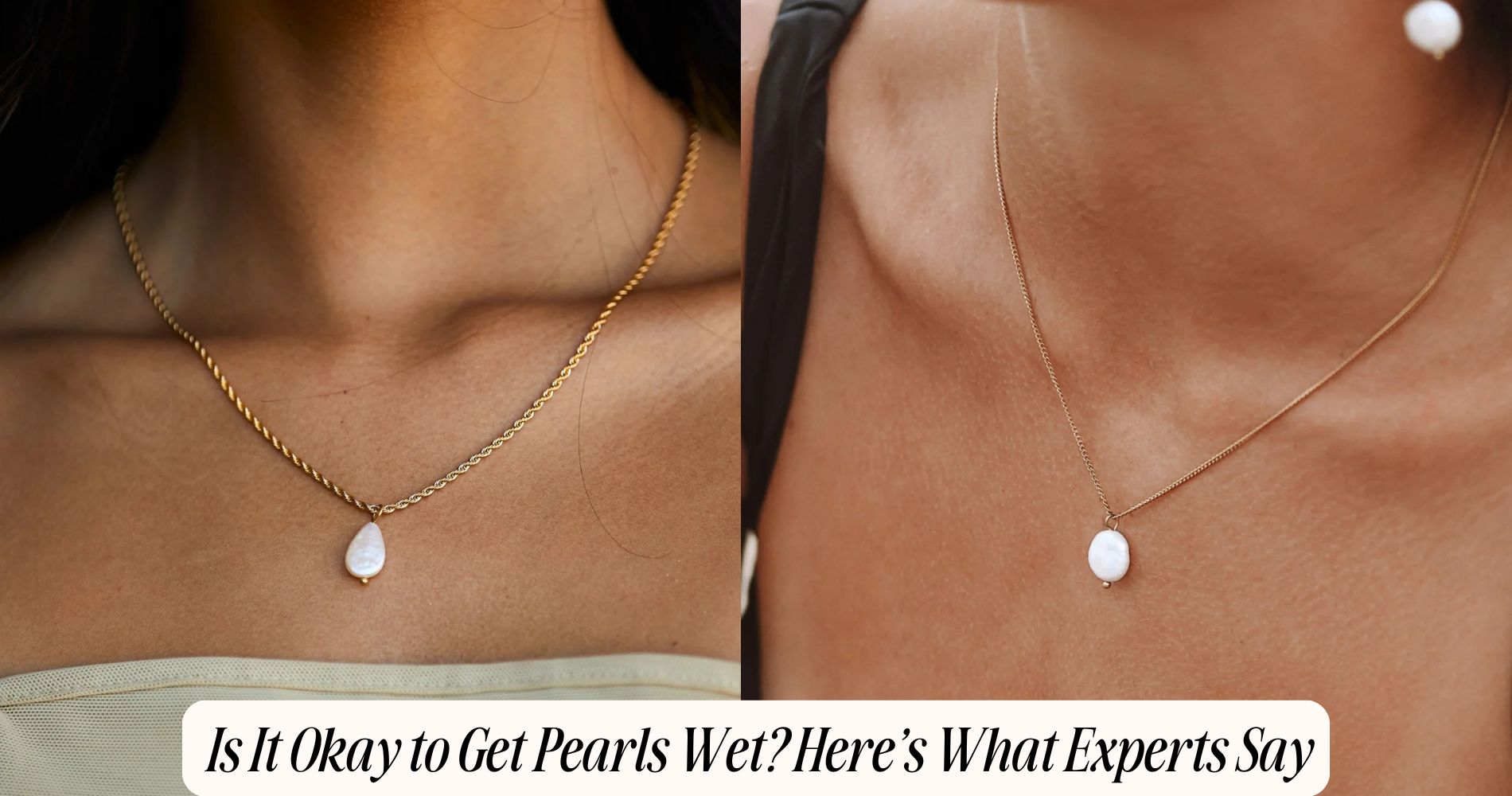
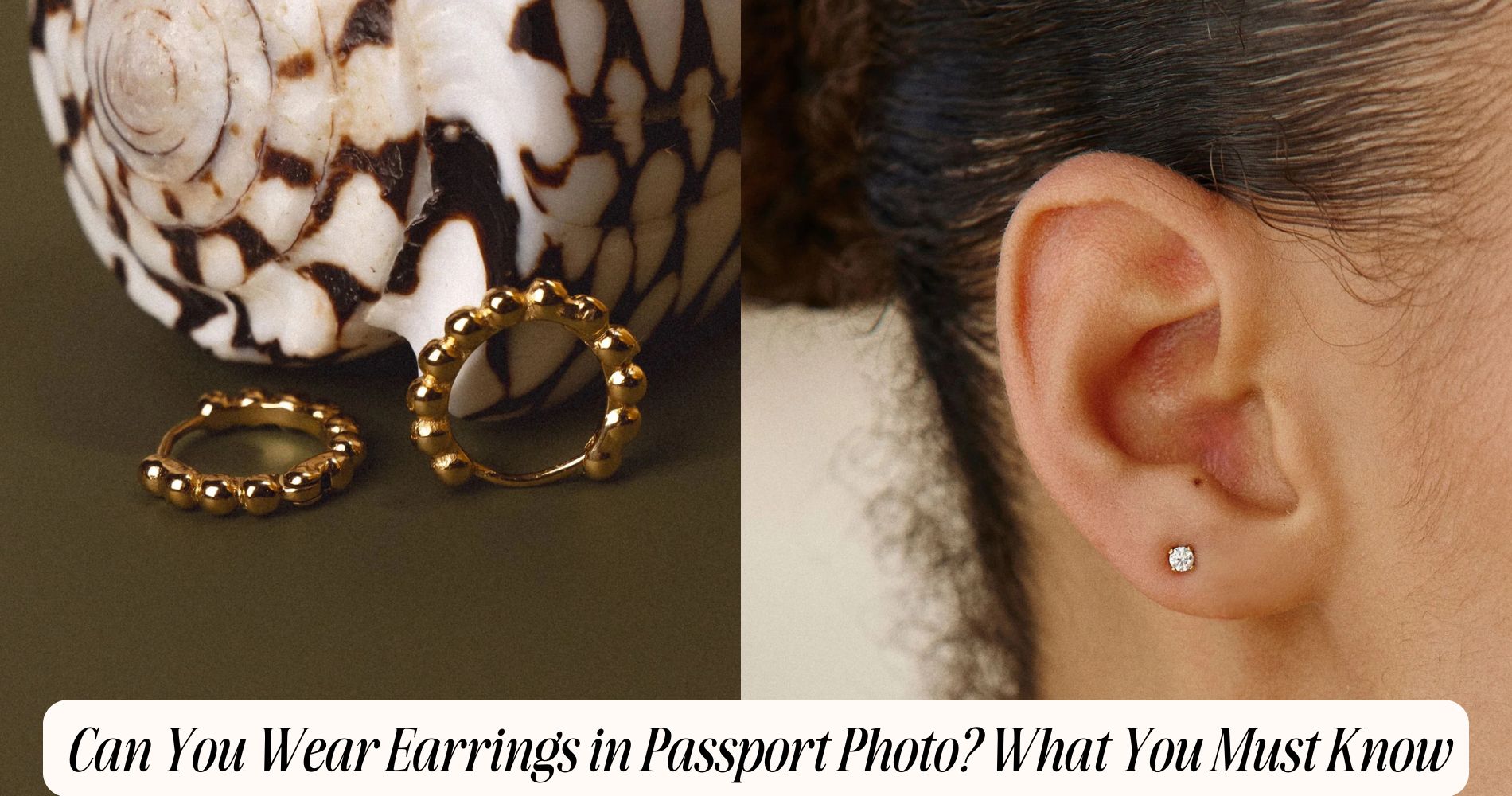




Leave a comment
This site is protected by hCaptcha and the hCaptcha Privacy Policy and Terms of Service apply.